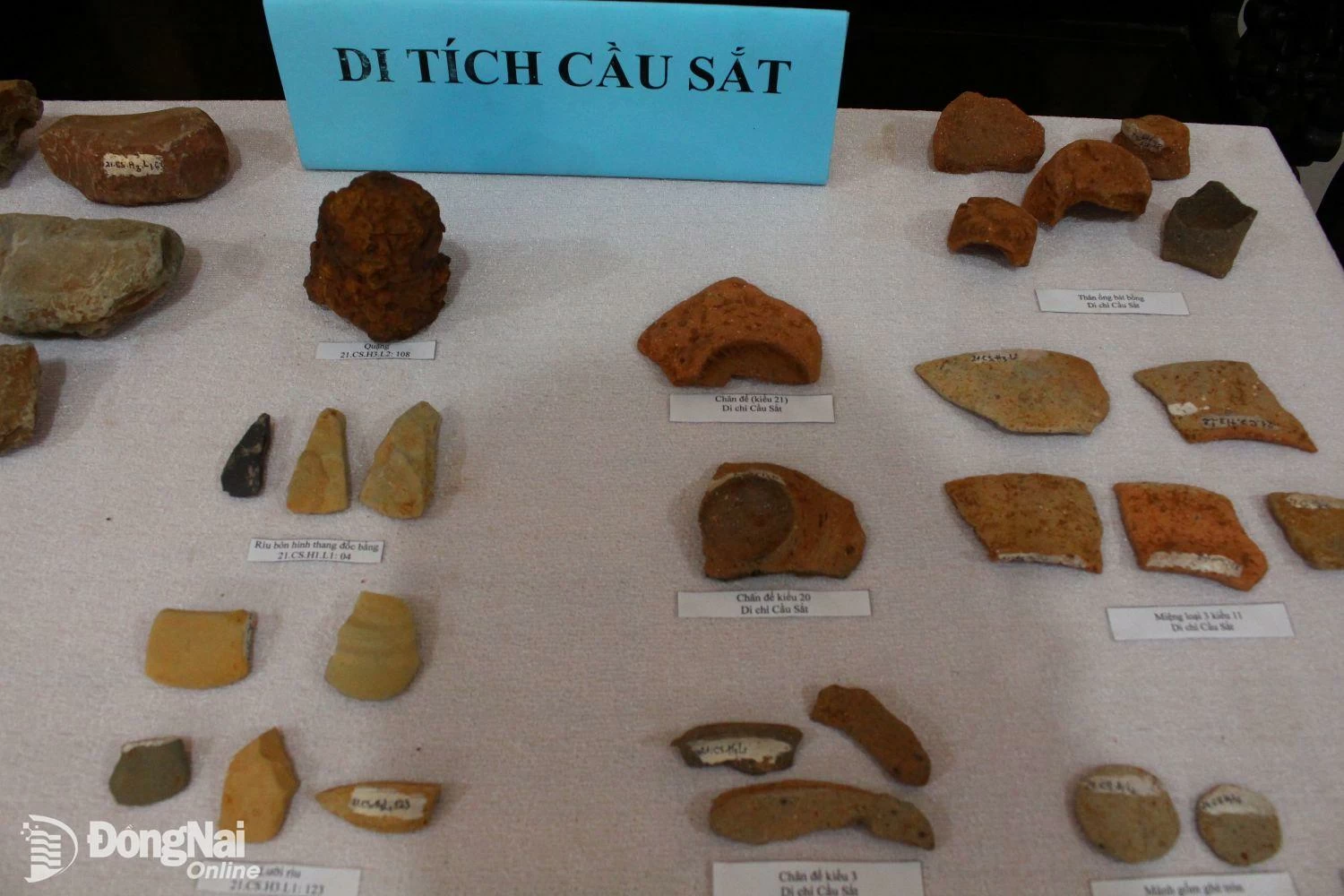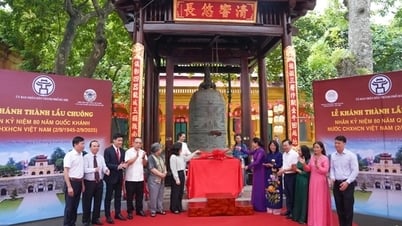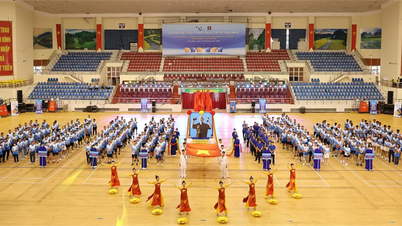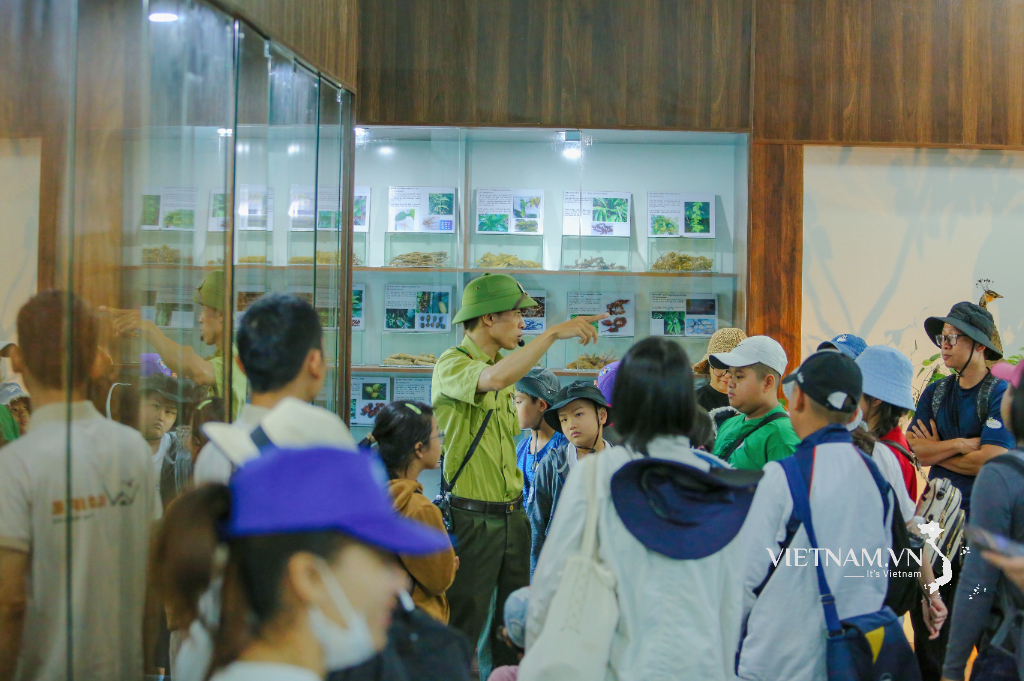 |
| Artifacts collected during the excavation of the Cau Sat archaeological site, Binh Loc commune, Long Khanh city. Photo courtesy |
According to the decision to rank the relic, the Provincial People's Committee strictly prohibits all construction and exploitation activities in the relic area that has been zoned for protection. In special cases, the use of land in the relics must be permitted by the Chairman of the Provincial People's Committee.
Decentralize the People's Committee of Long Khanh City to exercise state management rights over the above-mentioned relics according to the Law on Cultural Heritage. The Department of Culture, Sports and Tourism is responsible for managing, protecting, proposing plans to restore and promote the historical value of the relics.
On May 14, the Department of Culture, Sports and Tourism sent a document to Dong Nai Museum and Long Khanh City People's Committee regarding the announcement of the decision and award of the certificate of classification of the Iron Bridge archaeological site.
The Department proposed that the Long Khanh City People's Committee preside over and coordinate with Dong Nai Museum to develop a plan to organize the ceremony to announce the decision and receive the certificate of provincial-level relic ranking, ensuring solemnity, safety, economy, efficiency, and compliance with regulations. At the same time, assign Dong Nai Museum to coordinate, support, and provide professional guidance on cultural heritage.
The Cau Sat archaeological site was discovered by locals in December 1975. Since its discovery, the Cau Sat archaeological site has undergone two excavations in 1976 and 2021. Artifacts collected during the excavation process prove that ancient residents lived here from 5,000 to 2,000 years ago.
Ly Na
Source: https://baodongnai.com.vn/van-hoa/202505/xep-hang-cap-tinh-di-tich-khao-co-cau-sat-tai-long-khanh-4a357e8/





![[Photo] President Luong Cuong attends special political-artistic television show "Golden Opportunity"](https://vphoto.vietnam.vn/thumb/1200x675/vietnam/resource/IMAGE/2025/8/22/44ca13c28fa7476796f9aa3618ff74c4)
![[Photo] Prime Minister Pham Minh Chinh chairs the conference to review the 2024-2025 school year and deploy tasks for the 2025-2026 school year.](https://vphoto.vietnam.vn/thumb/1200x675/vietnam/resource/IMAGE/2025/8/22/2ca5ed79ce6a46a1ac7706a42cefafae)
























































































Comment (0)